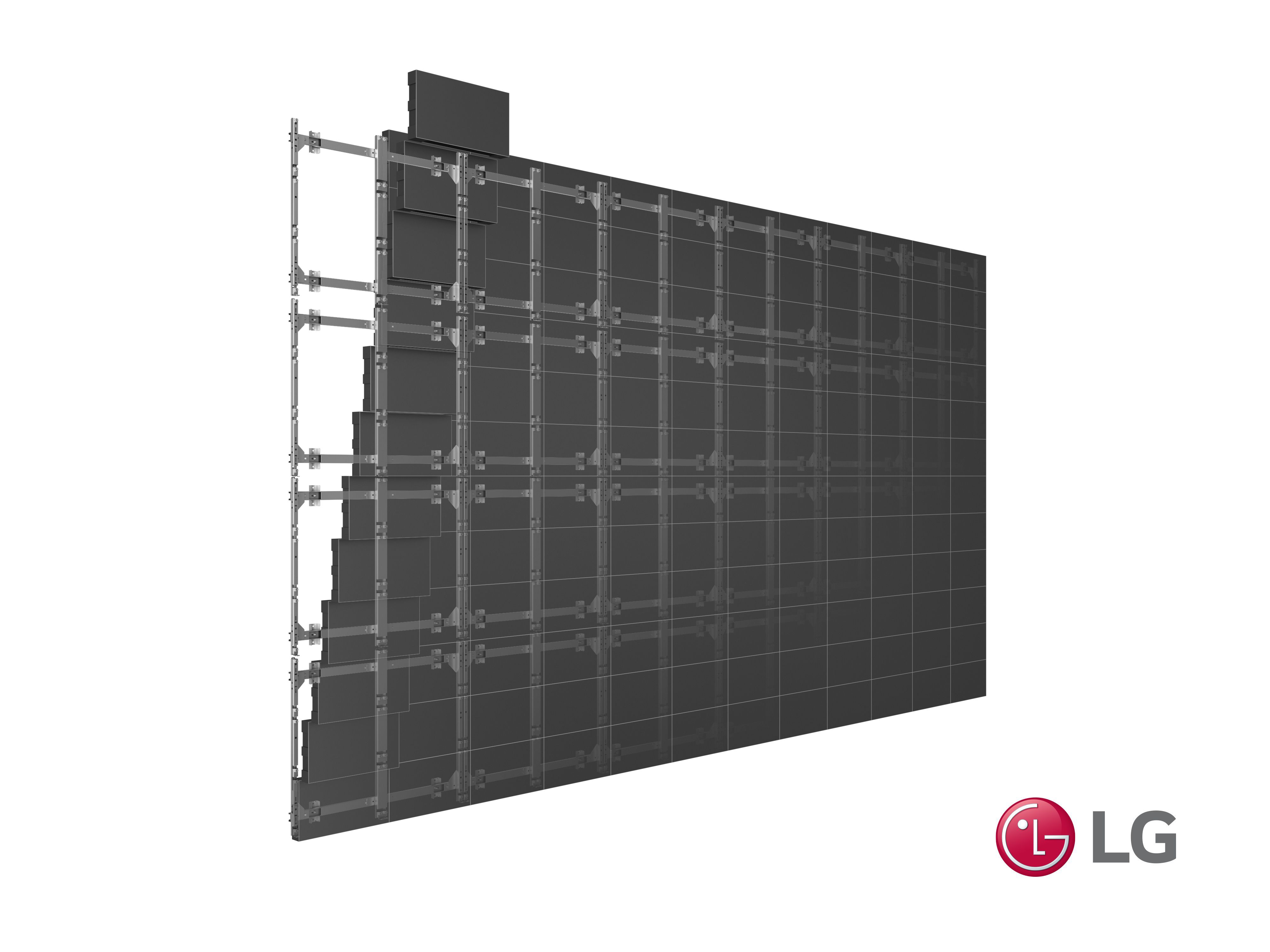Enhancing Output and Durability By Implementing Optimal Heat Regulation in LED Panel Screens
Wiki Article
LED display modules are progressively widely used in multiple fields, such as advertising, media, along with sometimes home design. Modern panels offer vivid, lively displays that can attract interest and improve aesthetic impact. However, one key consideration of maintaining their effectiveness and durability is efficient heat management. As LED panels run, they generate temperature rise. Whenever this heat is not handled effectively, it can lead to diminished luminance, color fidelity, and possibly a reduced lifespan for the screens. Consequently, recognizing how to effectively manage thermal output is essential for enhancing the functionality of LED wall screens.

Thermal management in Light Emitting Diode technology describes the methods applied to handle and minimize the surplus thermal energy generated in the course of use. One common practice involves compounds with strong heat transfer capability, such as aluminium or metal alloys. These metals can efficiently transfer thermal energy away from the light-emitting parts, maintaining the system temperature within a safe range. Furthermore, the design of Light Emitting Diode wall panels has a important role in thermal management. Panels that incorporate heatsinks or airflow mechanisms permit hot airflow to dissipate while drawing in fresh currents, additionally assisting with thermal regulation.
A further important element in efficient heat management is appropriate installation and positioning of luminescent displays. Ensuring that there is ample space surrounding the screens allows for improved circulation, which helps to lower the temperature of them effectively. It is also essential to avoid positioning LED screens in confined spaces where thermal energy can become contained. As an alternative, they should be mounted in environments with adequate air circulation to promote optimal temperature regulation. Specialists often suggest positioning Light Emitting Diode displays at a distance from strong sunlight or other thermal emitters to reduce the risk of overheating.
Regular maintenance of Light Emitting Diode displays is also important for ensuring efficient temperature management. Debris and residue can accumulate on the surface of the units and within their parts with use. This collection can restrict ventilation and reduce the system’s ability to cool effectively. Cleaning the exteriors routinely and making sure that any inside mechanisms are clear of additional resources clogs will help preserve maximal efficiency standards. Furthermore, monitoring for any evidence of fatigue or damage can aid avoiding excess heat problems before they become serious problems.
In conclusion, effective heat dissipation is essential for optimizing both the efficiency and longevity of Light Emitting Diode displays. By utilizing components with strong heat transfer capability, maintaining appropriate placement and arrangement, and the original source performing regular upkeep, operators can greatly elevate their luminescent results. Applying these practices not only aids in sustaining the standard of the displays but also supports power efficiency and eco-friendliness in illumination systems. With ongoing technological progress, focusing on thermal control will continue to be an critical aspect of employing LED modules to their greatest capacity.